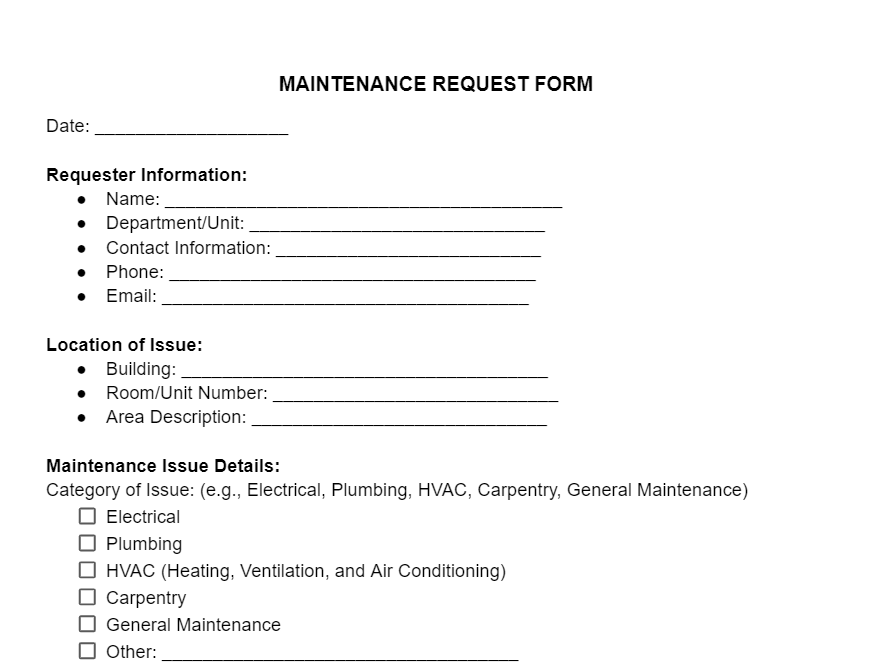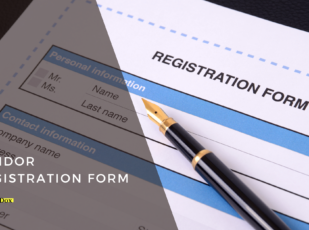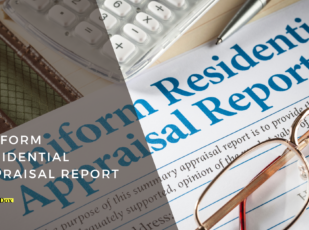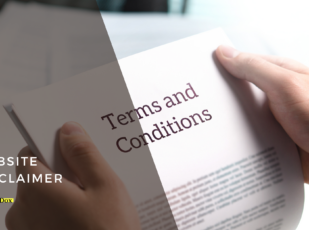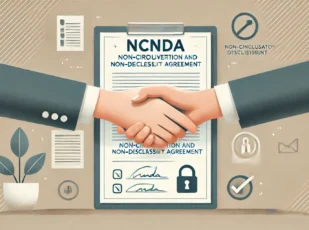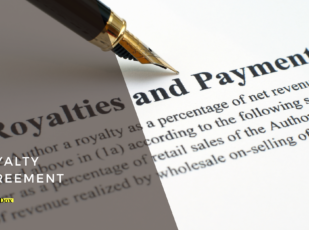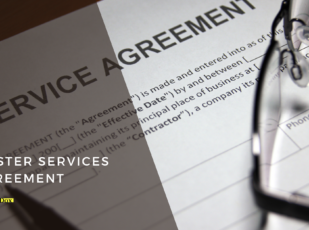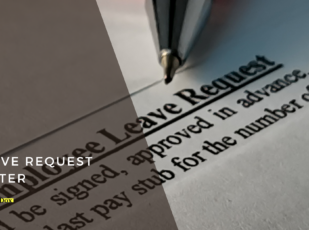
Maintenance Request Form Template
7 Downloads
Commercial
February 17, 2025
Sayantani Dutta
The timely and efficient handling of maintenance requests is critical for ensuring the safety, functionality, and longevity of physical assets in the operational management of facilities. To facilitate this, we use a Maintenance Request Form. This document acts as an instrumental tool that can neatly facilitate the whole process. What is this neat way? Well, when done correctly, the Maintenance Request Form within an organization can easily organize the submission, tracking, and resolution of maintenance issues.
With a comprehensive template to draft your final Maintenance Request Form for streamlining operations within your organization, you can ensure that employees, tenants, and/or users formally report problems or malfunctions that require attention—especially things that require immediate attention.
With a carefully developed procedure to handle this, any organization can ensure that detailed information is provided to maintenance teams for prompt action. And to do all this, the main tool you need is this piece of document. How?
Well, you see, the Maintenance Request Form, when implemented correctly in your organization’s natural workflow, can be the only tool you need to standardize the process for requesting repairs or maintenance. Needless to say, this form helps organizations maintain their facilities effectively, improve their operational efficiency, and ultimately, increase user satisfaction—the most important piece of the puzzle.
In this article, we are going to take a closer look at the Maintenance Request Form and what is its actual importance. We will also look into the risks of going ahead with an inadequate template as a starting point for your final document, while also covering the key components of such a document used by organizations to standardize their maintenance and repair processes. In the end, we will also offer you the superior solution by FreshDox.com that can help you achieve a greater degree of success in trying to streamline your own maintenance and repair requests.
Importance of a Maintenance Work Order Form
Creating a service request for a repair, a non-emergency preventive maintenance task such as a leaking faucet, or an urgent and high-priority issue is something every organization needs to have a process for. Generally, it is all informal, verbal, or lackluster. But regardless of whether you are a small business or a big firm—you need to have a proper system for all types of maintenance, instead of relying on irregular audits or a series of interdependent application forms to file a request.
The Maintenance Request Form is used by different types of companies in different industries. Facility management, for example, cannot function smoothly without a standardized process to manage repairs and maintenance tasks. Even real estate property management can use proper workflows for maintenance and repairs, and it is also well-known that business owners from across industries also frequently use a tool not much different from this to handle their internal repair and maintenance work.
After all, any type of organization only tends to gain from a proper structure to handle, process, track, and execute its maintenance and repair requests. Maintenance services can then be offered based on various factors—for example, you can choose to prioritize very urgent types of maintenance and repair requests first in the case of a personnel shortage.
In all these situations, the Maintenance Request Form serves as a centralized medium for reporting and documenting maintenance needs. It also ensures that the necessary information is provided alongside a request and that timely notifications are issued to the assigned phone number (or another piece of contact information) for proper tracking and prompt work.
All filled repair request forms, for example, can be compared and filed into a database for automation when you have the necessary foundation to build out a system for it all. This system is what standardizes the maintenance and repair request process within an organization.
These docs are also printable. Meaning not only can you compare specific information in an Excel format, but you can also print these out and generate report forms to track, for example, the most common culprits of problems after checking historical data.
With this, the process ensures that requests are not overlooked and are addressed in a timely manner.
The objective is to streamline the communication between requestors and maintenance personnel—reducing delays and facilitating quicker response times as a result. Furthermore, having a standardized process for this assists in prioritizing maintenance work based on urgency and impact. This can optimize resource allocation and scheduling greatly.
What’s more, a well-designed Maintenance Request Form also contributes to record-keeping and analysis. The benefit? This allows organizations to identify recurring issues, plan preventive maintenance, and make informed decisions about facility management. Needless to say, when implemented correctly, such a process can have far-reaching benefits over the long run, even if they feel comparatively less remarkable in the short term.
Operating Without a Comprehensive Maintenance Request Form
Any organization is bound to face increased risk related to its facility management if it works without a comprehensive Maintenance Request Form. In many cases, organizations might also be relying on inadequate templates to draft their forms—which can open up a can of worms. A poor form based on an inadequate maintenance request template is bound to miss many things and give false confidence that everything is fine.
Inefficiencies in reporting and addressing maintenance issues can lead to prolonged downtimes, which, in turn, affects productivity and can potentially cause safety hazards. Oftentimes, the lack of a formal request process will result in ad hoc, untracked communications that can easily be missed or forgotten. Plus, they offer nothing to the pool of data you have for any future preventive steps your organization wishes to take.
Dissatisfaction among tenants and users is all too common due to this. Without standardized documentation, the tracking of maintenance activities and the associated expenses is also complicated. This can keep you from effectively planning and budgeting for facility upkeep.
Long story short—there are simply too many problems that can arise out of a lack of a standardized system for tracking and processing repair and maintenance requests. Also, using inadequate templates has its fair share of disadvantages as well. Without a standard process, you are looking at inefficient operations. And the thing that ties it all up neatly, helping you standardize it all is the Maintenance Request Form (more precisely, a well-drafted one!).
What Should a Maintenance Request Form Include?
Alright, now that we have understood the importance of a good maintenance request process and the many perils of relying on inadequate documents for this purpose, it is time to take a closer look at what constitutes a “good” Maintenance Request Form that can help you created a centralized, standardized process for your organizational needs.
Roughly speaking, there are 7 key components that a form will have (beyond authorization and signatures).
- Requestor Information: The Maintenance Request Form begins with the proper identification of the person submitting the request, including their name, contact information, and their relationship to the facility (e.g., employee, tenant, etc.).
- Location Details: The form should ideally include specific information about the location of the issue—such as building, floor, room number, or equipment identifier. This is critical because the team accountable for approving the request should have a clear idea about where the problem/issue is.
- Issue Description: Next, the form will have a detailed description of the problem or malfunction. The requestor will add any observable symptoms, conditions, or potential causes. Whether it is a routine vehicle inspection request or a dangerous leakage issue in a property that can compromise the structural integrity of the whole thing—the exact details of the issue are very important. Using their past experience and knowledge, those in charge of processing the requests might be able to give the requestor guidelines or steps to keep them safe or to speed up the repair/maintenance process.
- Priority Level: The priority level, as the name suggests, is an indication of the urgency of the request. This helps prioritizing maintenance work based on safety implications, operational impact, or other criteria. However, it is true that a requestor is not necessarily the best judge of the priority because they are not aware of the full extent of the range of problems that exist. But clearly, more dangerous and riskier items are likely to be marked high priority and everyday issues medium or low. This helps the repair personnel prioritize quickly, even though they will go through the rest of the details to determine the real priority of the issue compared to what else they have on their platter.
- Preferred Service Times: If applicable, put a clause in the form where the requestor can specify their preference for maintenance work timing to minimize disruption. More everyday and routine tasks are often preferred to be conducted after working hours, for example.
- Photographic Evidence: There is often also an option to attach photographs or other documentation that illustrates the issue. This offers a much clearer insight for the maintenance personnel—much more so than the textual description of the issue.
- Tracking and Resolution: You can also add sections for maintenance personnel to document the actions taken, parts used, completion date, and any follow-up required. This helps the organization track everything efficiently and compare what parts are being used the most, which actions are the most common and might require additional personnel, how long a specific type of repair requires, and so on.
Better Maintenance with FreshDox.com!
Improve the efficiency of facility management and maintenance operations with FreshDox.com today! We have a professionally designed Maintenance Request Form Template that can be the right starting point for you. As it is a premium customizable template, it already includes the major clauses, sections, fields, and terms that are required in a document like this. You can edit, add, or remove these items as per your needs to create a unique Maintenance Request Form for your specific needs.
Developed with the input of facilities management experts, our template provides a user-friendly and comprehensive format for submitting and managing maintenance requests across various types of facilities.
Subscribing to FreshDox.com grants access to our Maintenance Request Form Template in both PDF and Word formats, sure, but you get so much more! We have a host of other business, professional, and legal document templates crafted with expert precision, robustness, comprehensiveness, and accuracy in mind. FreshDox.com is your one-stop solution for all your business and organizational needs.
Say yes to easy customization to align with specific organizational needs and procedures with our risk-free 14-day trial period! You can use our trial when you sign up for a new account to test the Basic (up to three document template downloads a month) and Premium (unlimited downloads) Plans that we have on offer.
We support the diverse needs of facility managers, property management firms, and businesses across sectors with our Maintenance Request Form Template. When you use our template, you can streamline your maintenance management process to ensure that your facilities remain safe, functional, and well-maintained.
Sign up to improve your operational efficiency and responsiveness to maintenance needs with FreshDox.com’s Maintenance Request Form Template today!
Popular searches:
Related Templates
Discover more templates that align with your needs and preferences.

Ready to Sign Up?
Sign up for FreshDox.com’s 7-day trial and discover why so many individuals and businesses trust us for their legal document template needs.
- Cancel any time
- 7-day free trial
- From 300+ Customer Reviews

